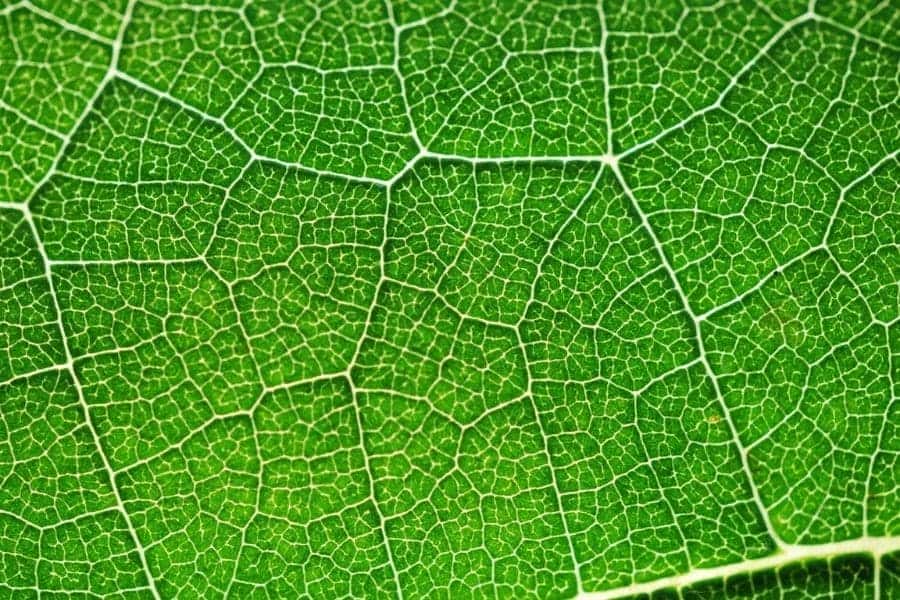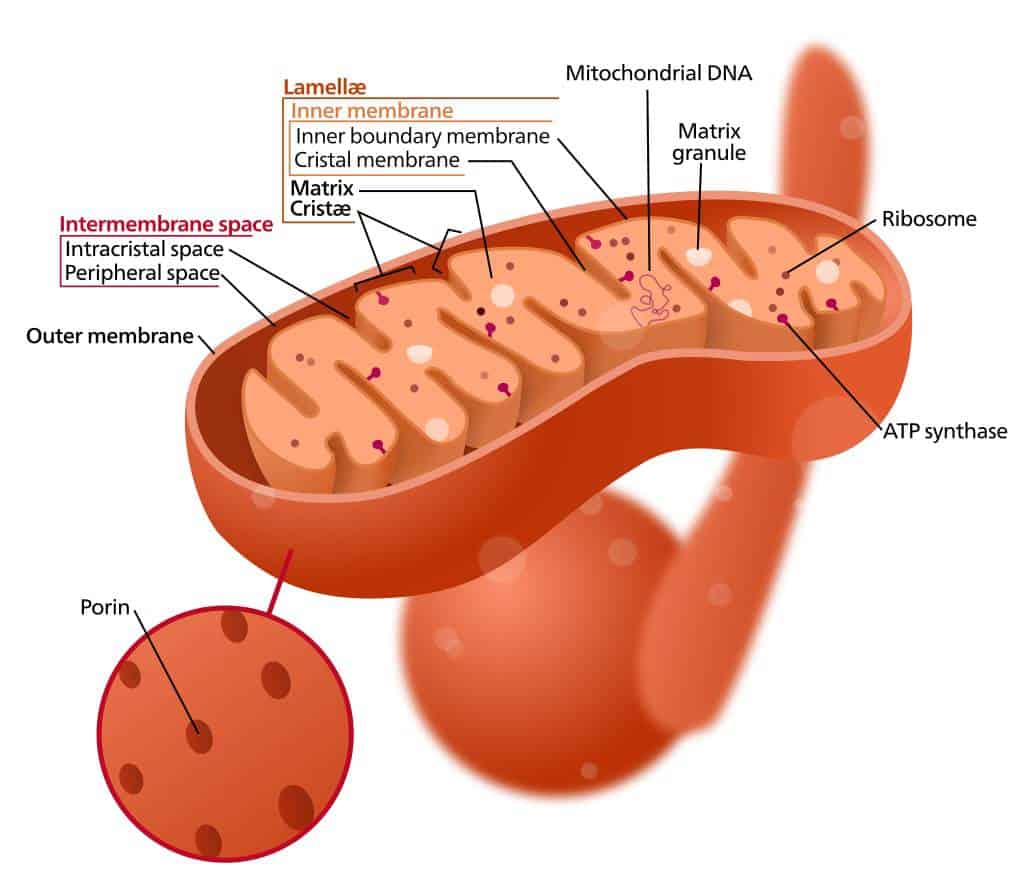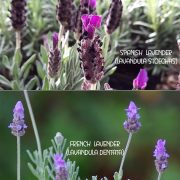
Though mitochondria and chloroplasts are both similar in function and nature they do differ by one another. There are many similarities as well as differences in the characteristic of chloroplast and mitochondria.
After reading this article you will know exactly what the similarities and differences are between mitochondria and chloroplasts.
Contents
Similarities Between Chloroplasts and Mitochondria:
1. The main similarity between mitochondria and chloroplast is energy production i.e. they convert energy out of the cell into a specific form and then this energy is used by the cell.
2. The DNA and RNA of mitochondria and chloroplast are almost similar. Both the DNA are circular.
3. DNA of both mitochondria and chloroplast are independent have their own, that codes for some enzymes that are needed for some chemical reactions.
4. Mitochondria and chloroplasts both organs have the double membrane surrounding them.
5. According to the prokaryotic origin theory, Mitochondria and Chloroplast were once prokaryotic bacteria before.
6. Mitochondria and chloroplasts have a 70S ribosome (where S=Svedberg units) that is made up of 30S and 50S subunits that are used to translate some kind of proteins.
7. The enzyme ATP synthase consumes the energy released from the movement of protons (proton-motive force) to phosphorylate ADP to ATP. (Thus, another similarity is that they both mitochondria and chloroplast make ATP).
8. In both organs, mitochondria and chloroplast have chemical reactions such that the initial acceptor is reproduced at the end of the cycle.
9. In mitochondria, that follow the chemical cycle called the Krebs cycle occurs after which oxaloacetate is reproduced at the end of the chemical reaction. In chloroplasts, the Calvin cycle occurs in which ribulose bisphosphate (RuBP) is reproduced at the end of the reaction.
10. Another unique similarity between mitochondria and chloroplast is they can move from one place to another within the cell.
11. Mitochondria and Chloroplast both organelles are semi-autonomous, which means they both are acting independently to some degree.
Differences Between Chloroplasts and Mitochondria:
1. Mitochondria are found in all plants and animals (eukaryotic cells) while chloroplast is found in all plant cells except fungi, blue algae, etc.
2. Mitochondria are a double membrane that doesn't contain pigments while chloroplast is a double membrane that contains pigments like chlorophyll a, chlorophyll b, carotenoids. This is why flowers and plants have different colors because they contain pigments (chlorophyll pigments).
3. Mitochondria are a Bean shaped organelle whereas chloroplast is a disc-shaped organelle.
4. Mitochondria consist of chambers like matrix and cristae while chloroplast consists of chambers like stroma and thylakoid (see pictures above).
5. The inner part of the mitochondria is divided into incomplete sections or compartments while the inner chamber of the chloroplast isn't divided.
6. In mitochondria, particles are present in the inner membrane while in the chloroplast; particles aren't present in the inner membrane.
7. Mitochondria forms and functions as respiratory parts of cells while chloroplast forms the part of synthesis and metabolism of carbohydrate.
8. Mitochondria produce energy while the chloroplast could convert one form of energy to another.
9. Mitochondria don't take part in photosynthesis while chloroplast takes part in the process of photosynthesis.
10. In Mitochondria, Oxygen (O2) is used in the process of oxidative phosphorylation (which is the metabolic pathway in which cells use enzymes to oxidize nutrients, thereby releasing the chemical energy of molecular oxygen in order to produce adenosine triphosphate (ATP). While chloroplast Oxygen is not used for the same purpose.
11. In Mitochondria, Carbon dioxide (CO2) and water are produced at the site of energy production while chloroplast stores energy and uses water (H2O) and Carbon dioxide (CO2) to produce the glucose and oxygen (O2).
12. In Mitochondria the following process or function takes place such as electron transport chain, beta-oxidation, oxidative phosphorylation, photorespiration, etc while in chloroplast the functions like photosynthesis and photorespiration take place.
13. Mitochondria function under both light conditions i.e. light and dark condition whereas the Chloroplast only functions when there is light.
14. Electron transport occurs in both mitochondria and chloroplast but the final electron acceptor in mitochondria is oxygen while in chloroplast the final electron acceptor is NADP.
15. In Mitochondria sugars are broken down into energy and carbon dioxide while chloroplasts have a size and more complexity than mitochondria. In addition, chloroplasts convert carbon dioxide into sugar, they also help in functioning in synthesizing fatty acids, amino acids, and lipids.
16. The chloroplast is very complex and larger than mitochondria.
17. Mitochondria consume Oxygen while Chloroplast releases oxygen.
18. Mitochondria are termed as the powerhouse of the cell whereas chloroplast is termed as the kitchen of the cell.
19. Mitochondria occur in all cells of plants and animals while chloroplast only occurs in tissues that help in photosynthesis.
Mitochondria and chloroplast play an important role in the building, functioning, and growth of the cell. Both organelles are essential and play an important role in producing energy and photosynthesis.
What are Mitochondria?

Mitochondria are commonly known as the cell's powerhouse. It is found in all types of plant and animal cells (eukaryotic body). Mitochondria mainly function as energy metabolism and for the respiration that occurs in the cellular part. And to convert glucose into a chemical product called ATP. Mitochondria are a "bean-shaped", and a large membrane. The color of the mitochondria is colorless. In cell mitochondria, occupies 25 percent of the total volume. The size or diameter of the mitochondria may vary from 0.75-3µm.
What are Chloroplasts?

Chloroplasts are mainly seen in green plants and algae. The chloroplasts' main function is for photosynthesis. The color of the chloroplast is normally green. The shape of the chloroplast is a disc-shape. The chloroplast helps in the process of storing energy. The size of the Chloroplast ranges from 10µm and 0.5-2µm in the thickness. The green color of the Chloroplast helps in absorbing light from the sun. The sunlight helps chloroplast in process of forming sugar, which is food for the plant.




Leave a Reply